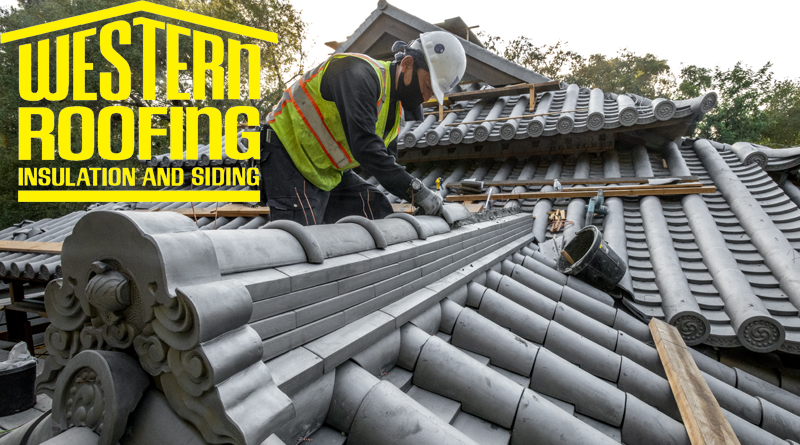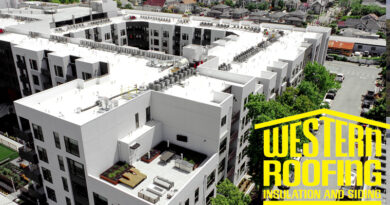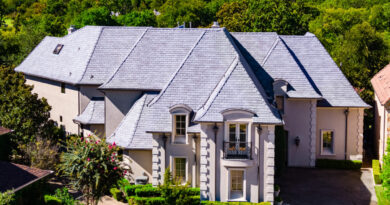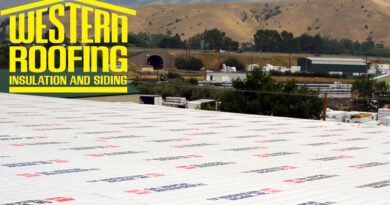Japanese Heritage Shoya House
Historic Tile Reroof for Centuries-Old Japanese Home in San Marino, California
by Ali Turner, editorial & multimedia manager
In early 2019, The Huntington Library, Art Museum, and Botanical Gardens in San Marino, California, announced that it had acquired a 320-year-old magistrate’s house from Marugame, Japan. The home was donated by the Yokoi family, descendants of the village’s shoya, or headman. The Japanese Heritage Shoya House allows visitors to The Huntington to immerse themselves into the spatial surroundings of traditional Japanese culture. Guests are able to step foot into the 3,000-sq.ft. home and envision traditional Japanese village life.
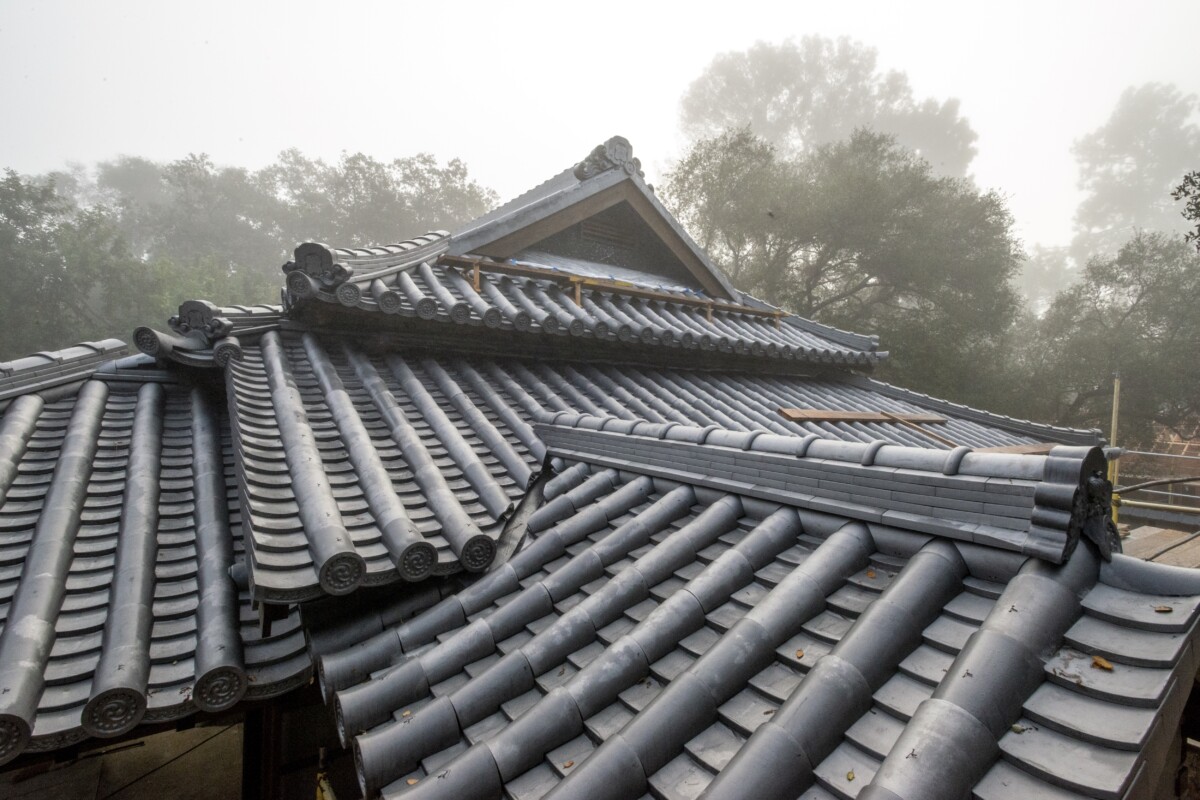
All photos courtesy of John Diefenbach, courtesy of The Huntington Library, Art Museum, and Botanical Gardens
In order to relocate and restore this historic Japanese home, it first needed to be disassembled, refurbished, and cleaned, then reassembled. After ensuring the intricate beams fit back together after cleaning, the structure was disassembled again before being shipped to California. The original roof tiles on the Japanese Heritage Shoya House were not salvageable and needed to be replaced. The Huntington and the Yokoi family wanted to use honbuki-style tiles, or true roof tiles. MCA Clay Roof Tile, Corona, California, was an ideal choice for the sourcing of these traditional tiles, as the company is a leader in the clay roof tile industry and has completed many other notable historic and commercial projects in Southern California. Members of The Huntington traveled to Japan to meet with the supplier and learn more about the shoya house’s tiles.
“MCA is well known in this area,” said Robert Hori, gardens cultural curator and programs director, The Huntington. “Yoshi Suzuki, president and CEO of MCA, has a relationship with the Japanese manufacturer, which made it much easier to get tiles when we discovered one or two were missing.”
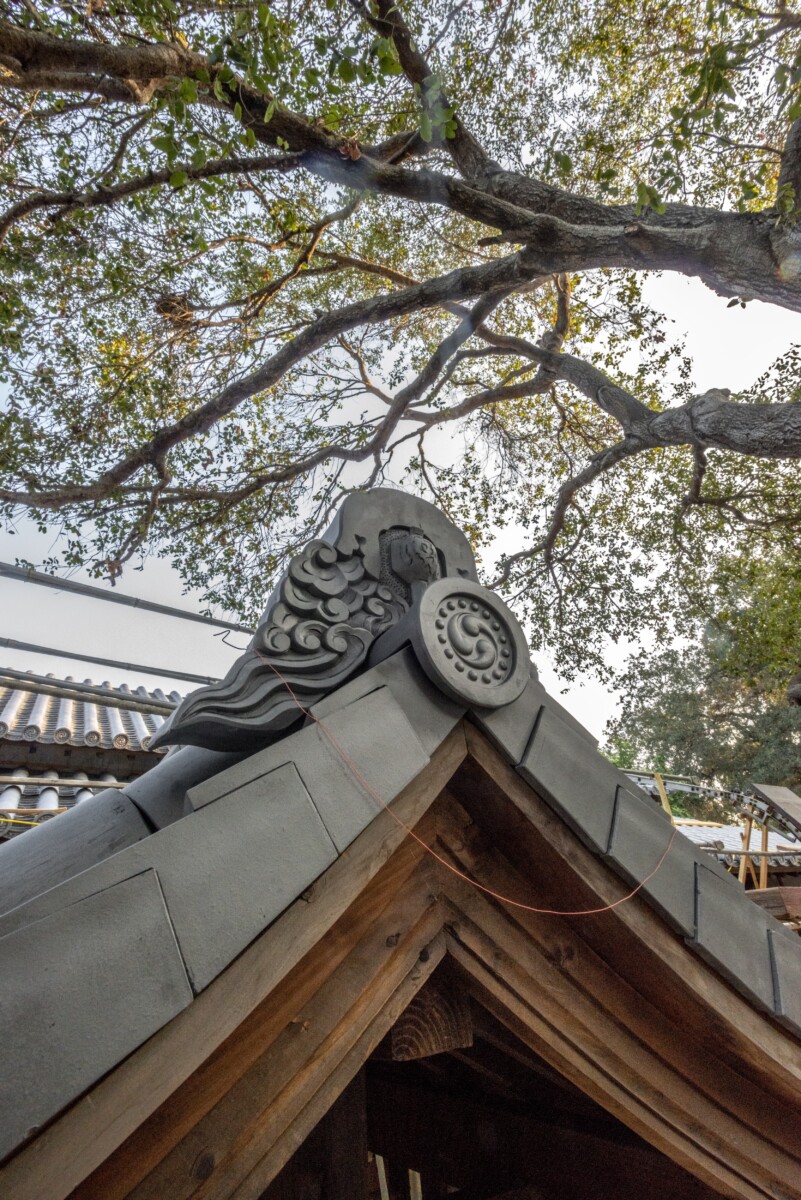
The main house portion of the Japanese Heritage Shoya House complex uses one-piece honbuki tiles. “Honbuki-style tiles give the roof that distinctive ridge,” explained Hori. For the gatehouse, The Huntington selected MCA’s Japanese Tiles Size #64 with a straight-cut edge. The perimeter garden wall uses Itabei tiles, which look like flat tiles but the side joint eave edge is different. They are a traditional Japanese smoked black color, or Ibushi.
A team of tile installers and plasterers from Kohseki, the design and construction partner from Japan, traveled to California to complete the job. As is the case in recent years, the pandemic caused travel issues for the Japanese workers. Once travel was approved, the craftsmen had to adhere to strict quarantine regulations before they could begin their work.
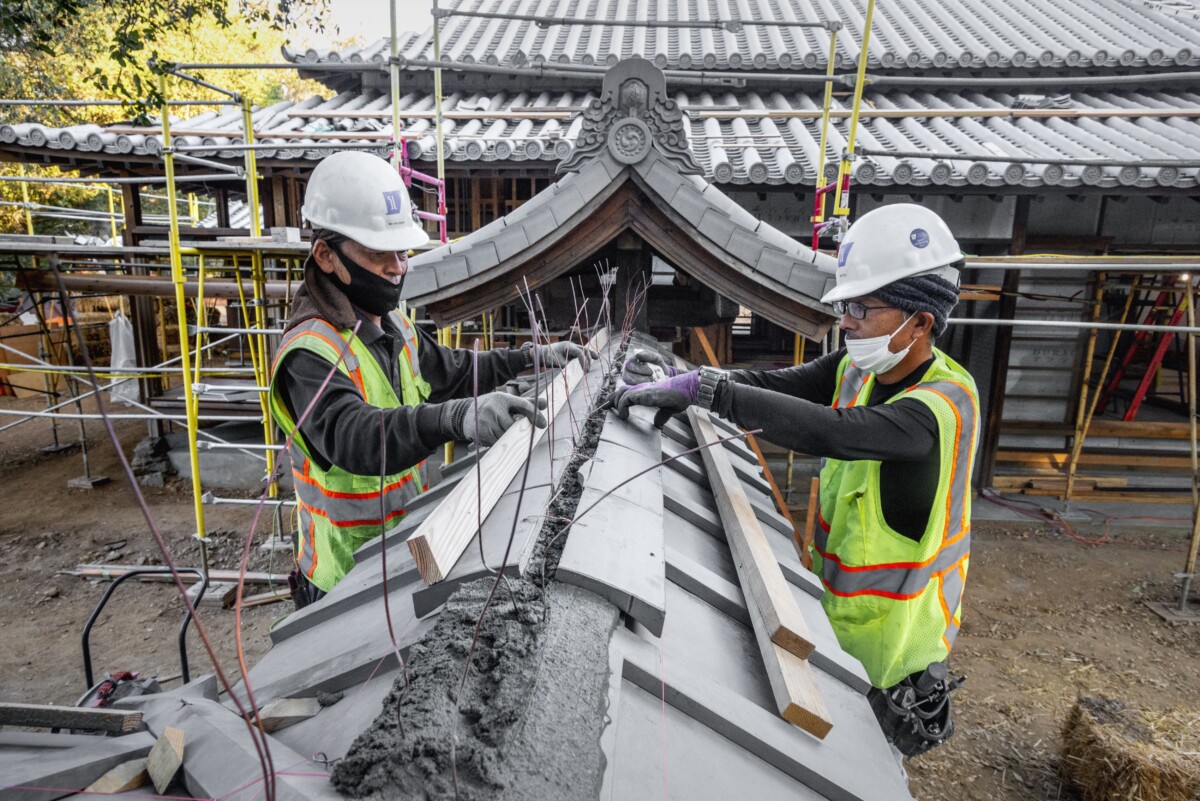
Additionally, the relocation required performance studies and negotiations to ensure that the final product would be in accordance with national and local building codes. For the honbuki tiles, this meant that MCA Clay Roof Tile traveled to Wisconsin to conduct an ASTM E108 Class A test. Also, MCA sent tiles to an independent lab in Florida to conduct ASTM C1167 clay tile specification tests. California building code requires both of these tests.
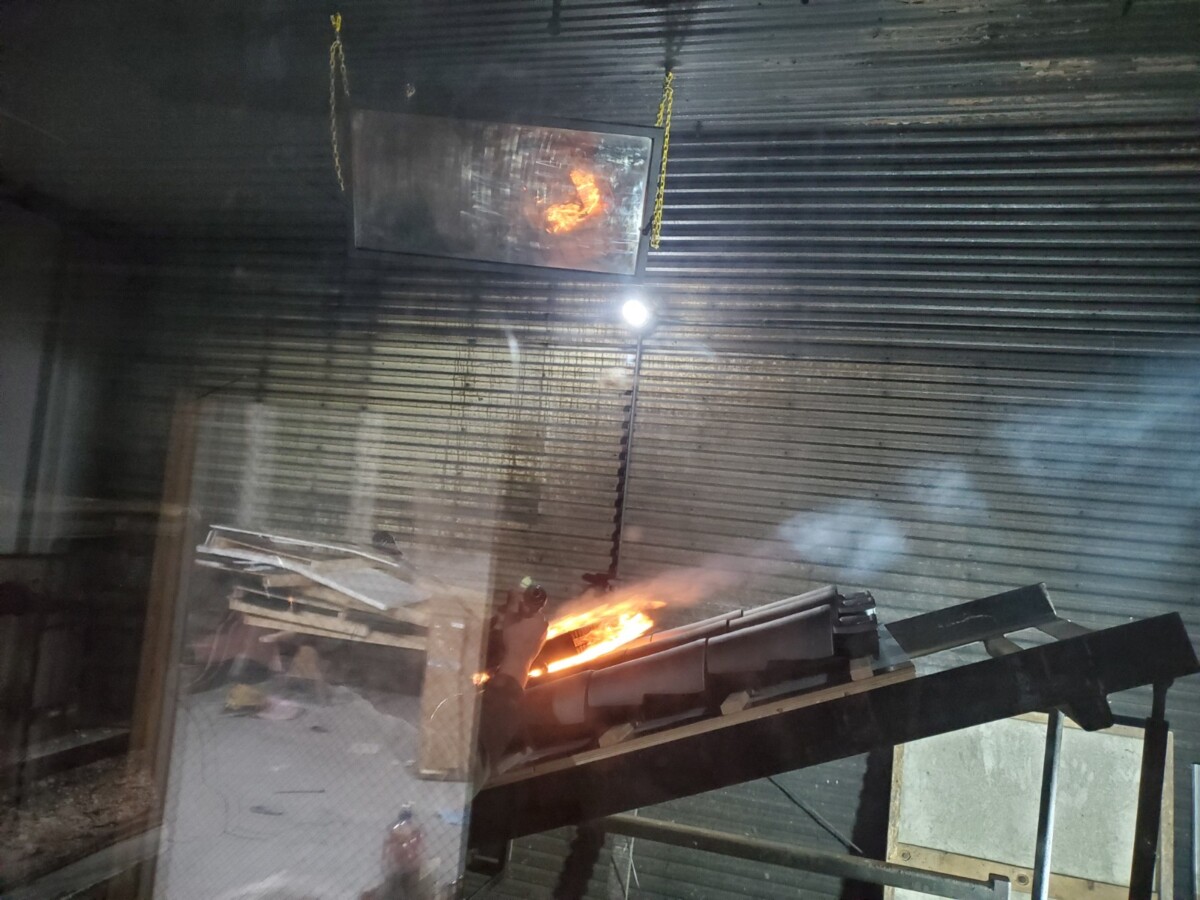
“In Japan, there is a hierarchy of buildings that uses different tiles to distinguish the main house from secondary structures,” explained Hori. “Suzuki brings with him a cultural knowledge and understanding of traditional Japanese tiles and architecture.”
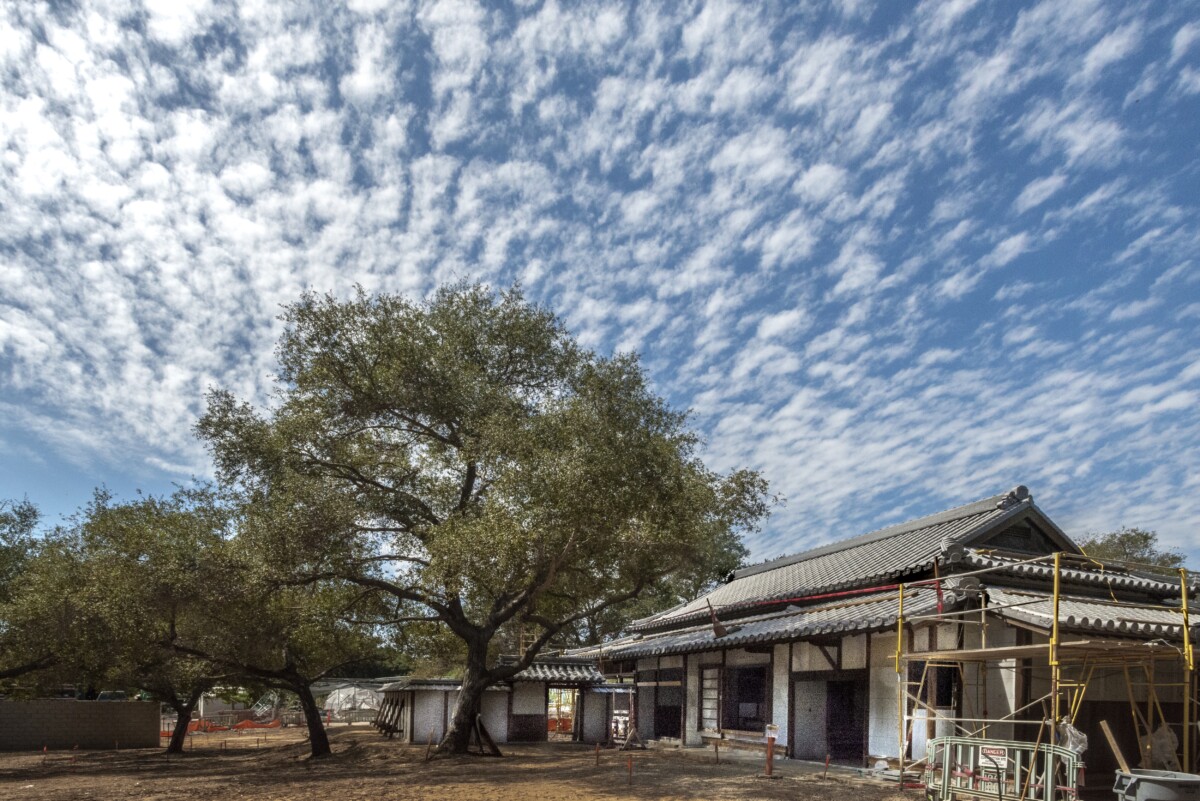
The home’s new location at The Huntington connects the Chinese and Japanese Gardens in a new public space, acting as a bridge between the two Eastern cultures. “This is truly a one-of-a-kind project in the United States,” said Suzuki. The preservation of the Heritage Shoya House provides an important narrative on the influence of Japanese nature-based arts on today’s culture. “It was a great experience to work with someone who shares The Huntington’s vision and has the cultural sensitivity that we needed,” expressed Hori.
